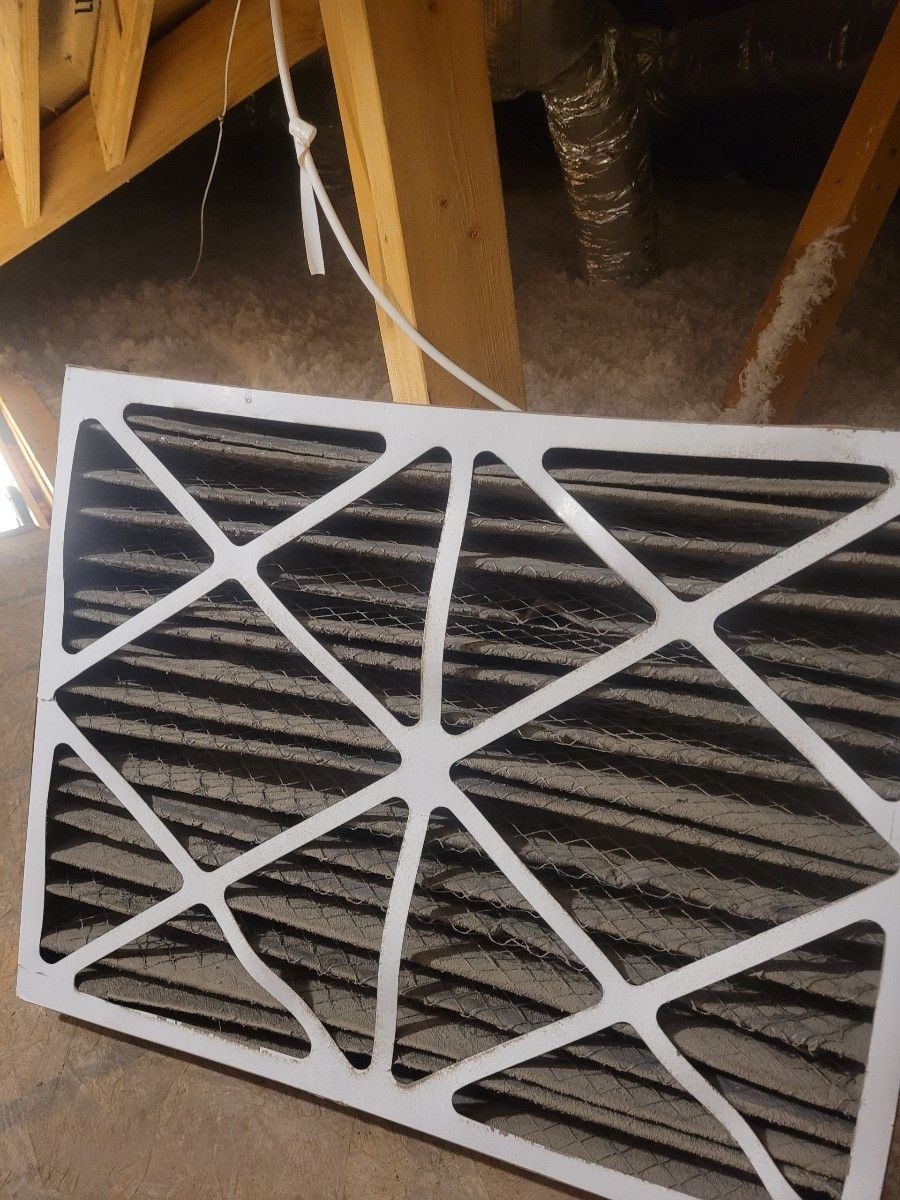Expert tips
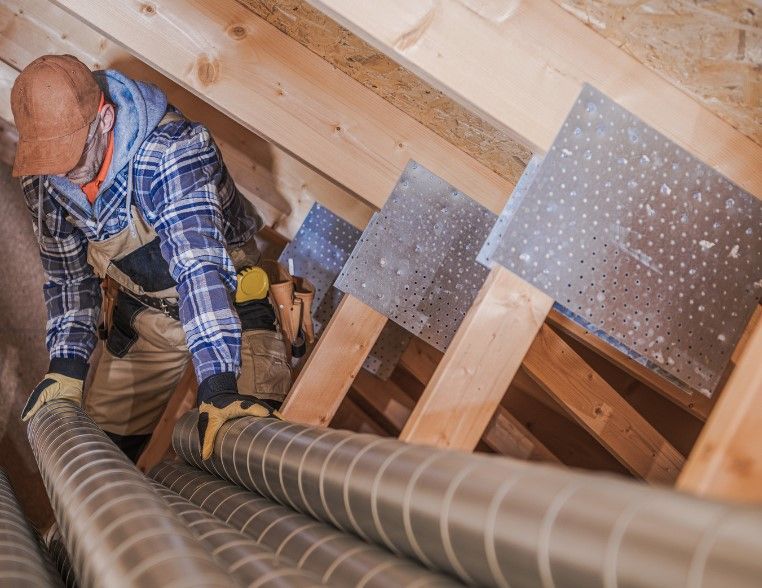
When it comes to maintaining a comfortable and energy-efficient home, your HVAC ductwork plays a crucial role. Often overlooked, this network of ducts ensures that heated or cooled air is distributed evenly throughout your home. In this guide, we’ll dive deep into HVAC ductwork, its importance, common issues, and tips for maintenance, helping you keep your home comfortable year-round. What is HVAC Ductwork? HVAC ductwork refers to the system of metal or plastic pipes and channels that distribute air from your heating, ventilation, and air conditioning (HVAC) system throughout your home. Properly installed and maintained ductwork is essential for the efficiency of your HVAC system, ensuring that every room receives the right amount of air. Importance of Quality HVAC Ductwork Energy Efficiency: Leaky or poorly insulated ducts can lead to significant energy losses, causing your HVAC system to work harder and increasing your energy bills. Quality ductwork minimizes these losses, making your home more energy-efficient. Comfort: Well-designed ductwork ensures even air distribution, eliminating hot or cold spots in your home. This consistent airflow keeps your living spaces comfortable year-round. Indoor Air Quality: Ducts that are clean and sealed properly prevent dust, allergens, and pollutants from circulating in your home, contributing to better indoor air quality. Common HVAC Ductwork Issues Leaks and Poor Sealing: Over time, ducts can develop leaks due to wear and tear. These leaks cause air to escape, reducing system efficiency and driving up energy costs. Improper Sizing: Ducts that are too small or too large for your HVAC system can result in inadequate airflow, leading to uneven temperatures and increased wear on the system. Poor Insulation: Ducts that run through unconditioned spaces like attics or basements need proper insulation to prevent energy loss. Poor insulation can lead to temperature fluctuations and higher energy consumption. Blockages and Obstructions: Dust, debris, and even pests can block your ducts, restricting airflow and forcing your HVAC system to work harder. HVAC Ductwork Maintenance Tips Regular Inspections: Schedule annual inspections with a professional HVAC technician to check for leaks, blockages, and other issues that could compromise your ductwork. Seal Leaks: If you notice any leaks, have them sealed immediately to prevent energy loss. A professional can use specialized sealants to ensure the job is done correctly. Clean Ducts: Periodic duct cleaning helps remove dust, allergens, and other contaminants that can affect your indoor air quality. This is especially important for homes with pets or residents with allergies. Upgrade Insulation: If your ductwork runs through unconditioned spaces, consider upgrading the insulation to prevent energy loss and improve system efficiency. Consider Duct Replacement: If your ductwork is outdated or beyond repair, replacing it with newer, more efficient materials can make a significant difference in your HVAC system’s performance. Conclusion Your HVAC ductwork is a vital component of your home’s comfort and energy efficiency. By understanding its importance and taking steps to maintain it, you can ensure that your HVAC system operates at peak performance. Regular inspections, sealing leaks, and proper insulation are key to keeping your ductwork in top shape. At Supreme Heating and Cooling , we specialize in HVAC ductwork services, including inspections, repairs, and replacements. Contact us today to schedule an appointment and ensure your ductwork is ready to keep your home comfortable all year long.
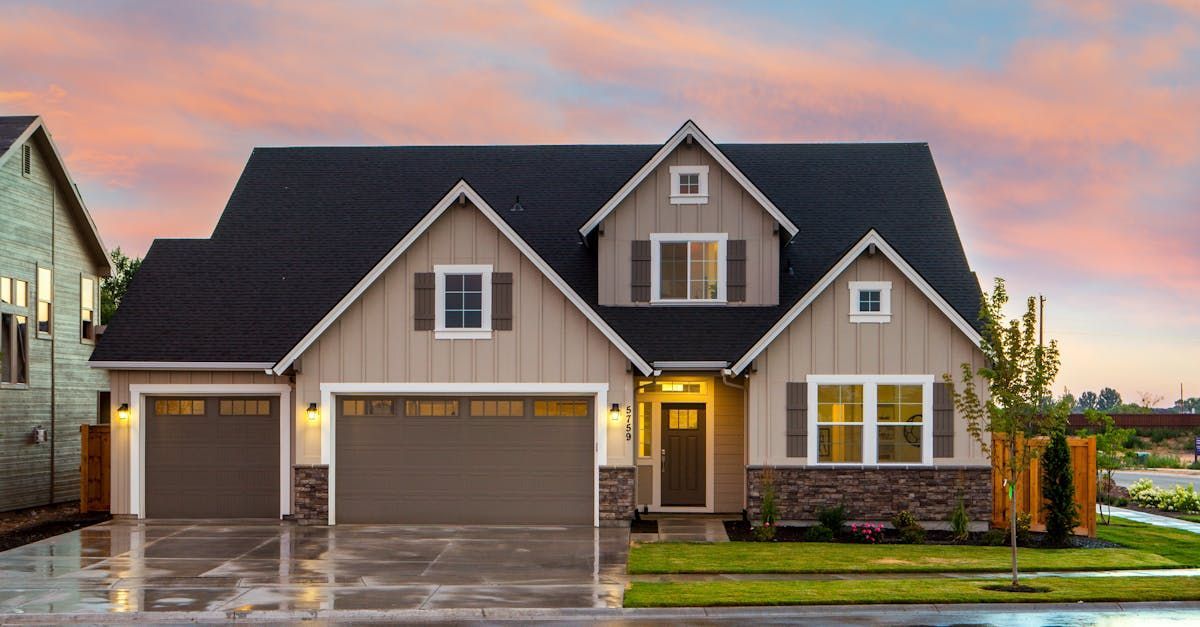
Selecting the right HVAC system for your home can significantly impact your comfort, energy bills, and overall indoor air quality. With a variety of options available, it’s essential to understand your needs and the features of different HVAC systems. This guide will help you make an informed decision. Understanding Your HVAC Needs Before diving into specific systems, consider the following factors: Climate: Your local climate influences the type of system you need. For example, in areas with extreme temperatures, a robust system capable of both heating and cooling is crucial. Home Size and Layout: Larger homes or homes with complex layouts may require more powerful systems or zoned heating and cooling. Energy Efficiency: Look for systems with high SEER (Seasonal Energy Efficiency Ratio) ratings for cooling and AFUE (Annual Fuel Utilization Efficiency) ratings for heating. Budget: Determine your budget for both initial installation and long-term operational costs. Types of HVAC Systems Here’s a breakdown of the most common HVAC systems: 1. Central Air Conditioning and Heating Systems Pros: Efficiently cools and heats large homes. Consistent temperature throughout the house. Can be combined with smart thermostats for better control and energy savings. Cons: Higher installation cost. Requires ductwork, which can be expensive to install or update. 2. Heat Pumps Pros: Provides both heating and cooling. Energy-efficient, especially in moderate climates. Can reduce energy consumption by transferring heat rather than generating it. Cons: Less effective in extremely cold climates. Higher upfront cost compared to traditional systems. 3. Ductless Mini-Split Systems Pros: Ideal for homes without ductwork. Offers zoned heating and cooling. Energy-efficient and easy to install. Cons: Higher initial cost per unit. Aesthetically intrusive with visible indoor units. 4. Furnaces Pros: Effective for heating in cold climates. Long lifespan and reliable performance. Can be paired with central air conditioning for year-round comfort. Cons: Requires ductwork. Higher operational costs if using electricity rather than gas. Energy Efficiency and Environmental Impact Choosing an energy-efficient HVAC system not only reduces your carbon footprint but also lowers your energy bills. Look for ENERGY STAR-rated systems and consider renewable energy options like geothermal heat pumps. Professional Assessment and Installation Consult with HVAC professionals to assess your home’s specific needs. At Supreme Heating and Cooling, we offer expert advice and installation services to ensure you get the right system for your home. Our team will evaluate your home’s layout, insulation, and other factors to recommend the best HVAC solution. Financing Your HVAC System Investing in a new HVAC system can be a significant expense. Supreme Heating and Cooling offers financing options through Wisetack, providing loans from $500 to $15,000 with flexible terms and 0% APR options depending on your credit score. With a minimum FICO score of 540, you can find a financing plan that suits your budget. Choosing the right HVAC system for your home involves understanding your specific needs, evaluating different types of systems, and considering energy efficiency. By working with professionals and taking advantage of financing options, you can ensure a comfortable, energy-efficient home year-round. For expert guidance and top-notch installation services, contact Supreme Heating and Cooling today. Let us help you find the perfect HVAC system for your home.
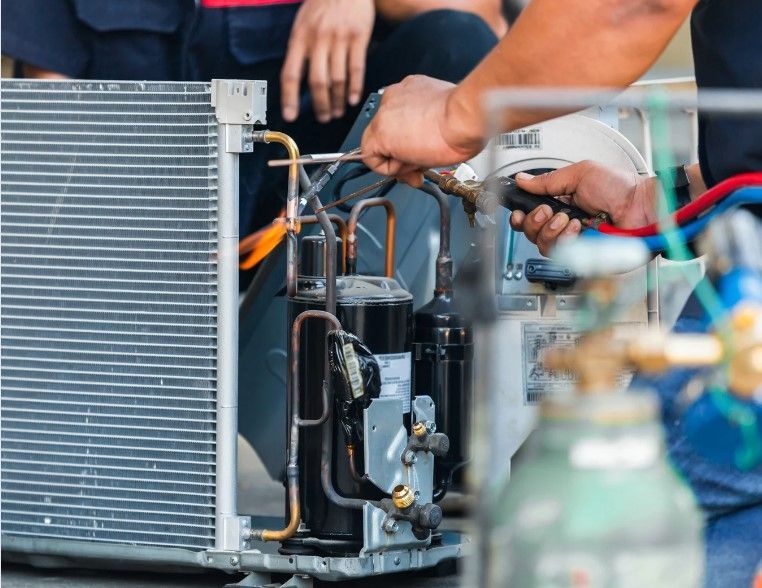
Your HVAC (Heating, Ventilation, and Air Conditioning) system plays a crucial role in maintaining comfort throughout the year, but it can also significantly impact your energy bills. Maximizing energy efficiency not only reduces your utility costs but also extends the lifespan of your HVAC equipment. Here are some practical tips to help you lower your energy bills by optimizing the efficiency of your HVAC system. Schedule Regular HVAC Maintenance Regular maintenance is essential for keeping your HVAC system running efficiently. Schedule annual inspections with a professional HVAC technician to ensure that your system is clean, calibrated, and operating at peak performance. During these inspections, the technician will check for leaks, clean components, and make any necessary adjustments to improve efficiency and prevent potential breakdowns. Change Air Filters Regularly Clogged or dirty air filters restrict airflow and force your HVAC system to work harder, consuming more energy. Check your air filters monthly and replace them as needed, typically every 1-3 months depending on your system and household conditions. This simple maintenance task not only improves efficiency but also helps maintain indoor air quality. Use a Programmable or Smart Thermostat A programmable thermostat allows you to set specific temperature schedules based on your daily routine. By automatically adjusting temperatures when you're asleep or away from home, you can reduce energy consumption without sacrificing comfort. Smart thermostats take this a step further by learning your habits and preferences, optimizing settings for maximum efficiency and savings. Seal and Insulate Ductwork Leaky ductwork can lead to significant energy loss by allowing conditioned air to escape into unconditioned spaces like attics or crawl spaces. Seal duct joints with mastic sealant or metal-backed tape and insulate ducts in unconditioned areas to minimize heat transfer. Properly sealed and insulated ductwork ensures that the air reaches its intended destination efficiently, reducing the workload on your HVAC system. Ensure Proper Airflow Obstructed vents and registers can restrict airflow and reduce HVAC efficiency. Keep furniture, curtains, and other obstructions away from vents to allow for optimal airflow throughout your home. Additionally, consider having your HVAC technician inspect and adjust airflow settings to ensure balanced distribution of heated or cooled air. Upgrade to Energy-Efficient Equipment If your HVAC system is outdated or inefficient, upgrading to energy-efficient equipment can lead to significant energy savings over time. Look for HVAC systems with high Seasonal Energy Efficiency Ratio (SEER) ratings for air conditioners or Annual Fuel Utilization Efficiency (AFUE) ratings for furnaces. While the initial investment may be higher, energy-efficient equipment pays for itself through lower utility bills and reduced maintenance costs. Consider Zoning Systems Zoning systems divide your home into separate areas or zones, each with its own thermostat and temperature control. This allows you to heat or cool specific areas of your home based on occupancy and comfort needs, rather than conditioning the entire home at once. Zoning systems can improve energy efficiency by reducing unnecessary heating or cooling in unoccupied areas. Utilize Natural Ventilation and Shade Take advantage of natural ventilation and shade to reduce the need for mechanical cooling. Open windows and use ceiling fans to improve airflow and create a cross-breeze on mild days. Close blinds or curtains during hot periods to block out direct sunlight and reduce solar heat gain, easing the workload on your air conditioner. Educate Household Members about Energy Efficiency Promote energy-efficient habits among household members to maximize savings. Encourage turning off lights and electronics when not in use, using appliances during off-peak hours, and maintaining moderate thermostat settings to conserve energy. Small adjustments in behavior can complement HVAC efficiency measures and lead to significant reductions in energy consumption. Monitor and Optimize Energy Usage Monitor your energy usage and utility bills regularly to track patterns and identify opportunities for improvement. Many utility companies offer energy usage reports and incentives for energy-efficient upgrades. Use this information to make informed decisions about energy-saving investments and adjust settings accordingly to maximize efficiency and savings. Maximizing energy efficiency in your home's HVAC system not only lowers your utility bills but also contributes to environmental sustainability. By implementing these tips and investing in regular maintenance and energy-saving technologies, you can achieve long-term savings while enjoying optimal comfort year-round. For professional advice and services to enhance your HVAC system's efficiency, trust the experts at Supreme Heating and Cooling to help you achieve your energy-saving goals. Your home deserves the best in comfort and efficiency, and we're here to make that happen.
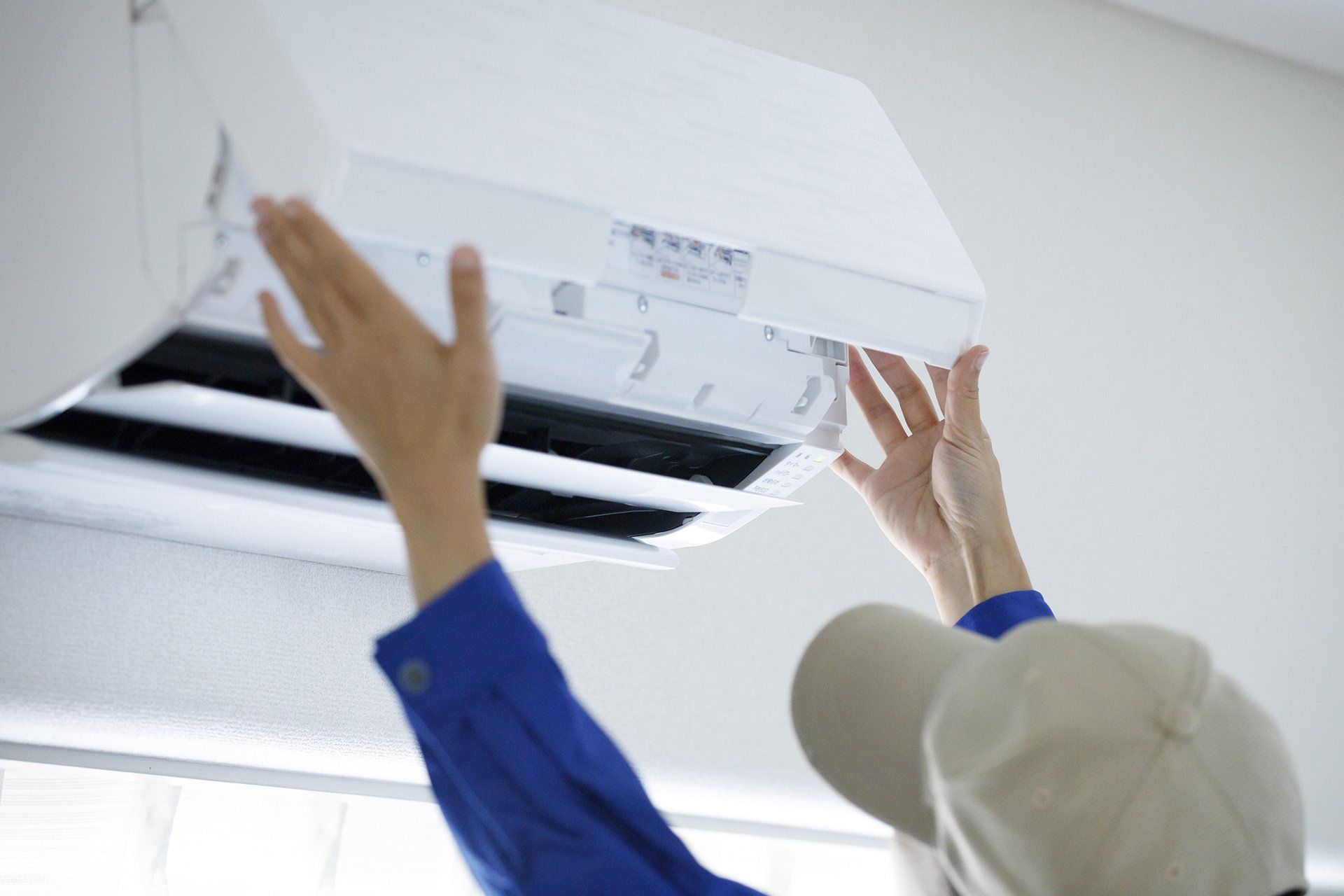
As the seasons change, the demands on your HVAC system can vary drastically. From keeping you cool in the summer to warming your home in the winter, your HVAC system is essential for maintaining comfort throughout the year. Regular maintenance of your HVAC system is crucial to ensure it runs efficiently, saving you money and preventing unexpected breakdowns. Here at Supreme Heating and Cooling, we understand the importance of maintaining your HVAC system. Here are some reasons why regular maintenance is vital and tips to keep your system running efficiently. Why Regular HVAC Maintenance is Important Improved Efficiency Regular maintenance ensures that your HVAC system operates at peak efficiency. Dirty or clogged filters, dusty coils, and other issues can cause your system to work harder than necessary, leading to increased energy consumption and higher utility bills. By keeping your system clean and well-maintained, you can reduce energy costs and enhance the overall efficiency of your HVAC system. Prolonged Lifespan Just like any other mechanical system, your HVAC system requires regular maintenance to function properly. Routine check-ups and timely repairs can prevent minor issues from escalating into major problems, thereby extending the lifespan of your system. Investing in regular maintenance can save you money in the long run by delaying the need for a costly replacement. Enhanced Air Quality A well-maintained HVAC system contributes to better indoor air quality. Dust, mold, and other contaminants can accumulate in your system and circulate throughout your home, potentially causing health issues. Regular cleaning and maintenance help ensure that your system is not only running efficiently but also contributing to a healthier living environment. Fewer Breakdowns Preventive maintenance can identify and address potential problems before they lead to system failures. This proactive approach minimizes the chances of unexpected breakdowns, especially during peak usage times like the height of summer or the dead of winter. Regular maintenance can help you avoid the inconvenience and discomfort of an HVAC system breakdown. Tips to Keep Your HVAC System Running Efficiently Change Filters Regularly One of the simplest yet most effective maintenance tasks is regularly changing your HVAC filters. Depending on the type of filter and usage, you should replace them every 1-3 months. Clean filters ensure proper airflow and reduce the strain on your system. Schedule Annual Professional Inspections It's important to have a professional HVAC technician inspect your system at least once a year. They can identify and fix potential issues, clean components, and ensure that your system is running efficiently. At Supreme Heating and Cooling, we offer comprehensive inspection and maintenance services to keep your system in top shape. Clean Around the Outdoor Unit The outdoor unit of your HVAC system needs adequate airflow to operate efficiently. Ensure that the area around the unit is free from debris, leaves, and other obstructions. Trim any nearby vegetation to maintain clear space around the unit. Check Thermostat Settings Ensure your thermostat is functioning correctly and set at an optimal temperature. Consider upgrading to a programmable or smart thermostat for better control over your home's temperature and energy usage. These devices can help you save money by automatically adjusting the temperature based on your schedule. Seal Ductwork Leaky ducts can lead to significant energy loss and reduced efficiency. Inspect your ductwork for any visible leaks and seal them with duct tape or mastic sealant. Properly sealed ducts ensure that conditioned air reaches its intended destination without unnecessary loss. Keep Vents and Registers Clear Ensure that all vents and registers in your home are open and unobstructed. Furniture, curtains, or other objects blocking the airflow can reduce the efficiency of your HVAC system. Proper airflow is essential for maintaining a comfortable indoor environment. Monitor Energy Bills Keep an eye on your energy bills. A sudden spike in energy costs can indicate that your HVAC system is not running efficiently. If you notice a significant increase, it's time to schedule a professional inspection to identify and address any issues. Regular HVAC maintenance is essential for keeping your system running efficiently and ensuring a comfortable living environment. By following these tips and scheduling routine professional inspections, you can enjoy reliable performance, lower energy costs, and a longer lifespan for your HVAC system. For all your HVAC maintenance needs, trust the experts at Supreme Heating and Cooling to keep your system in top condition year-round.

When it comes to maintaining the comfort of your home, having a reliable HVAC system is crucial. However, the costs associated with repairs and new installations can be significant. At Supreme Heating and Cooling, we understand that not everyone has the resources to cover these expenses upfront. That’s why exploring financing options is essential. Here’s a comprehensive guide to help you navigate financing for your HVAC needs.
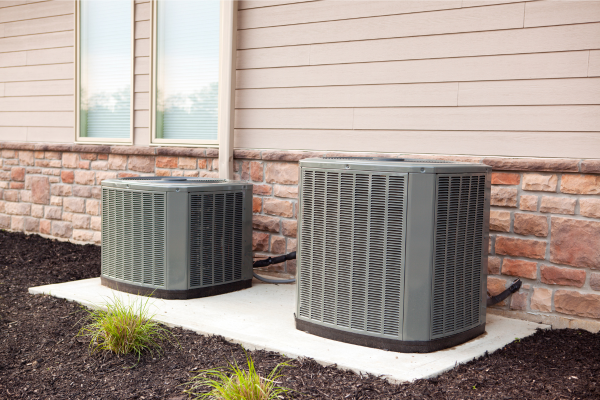
Heating, ventilation, and air conditioning (HVAC) systems are marvels of modern engineering that significantly enhance our comfort. Whether you're escaping the summer heat or seeking warmth on a chilly winter day, these systems work tirelessly to maintain a pleasant indoor environment. But how exactly do they achieve this? Let's delve into the science behind heating and cooling systems and explore how they keep us comfortable year-round. The Basics of Heating and Cooling Heating Systems Heating systems are designed to increase the temperature inside your home. There are several types of heating systems, including furnaces, heat pumps, and boilers, each with its own method of generating and distributing heat. Furnaces: Furnaces are the most common type of heating system. They burn fuel (natural gas, oil, or propane) or use electricity to produce heat. The heat generated is then distributed throughout the home via a network of ducts. Heat Pumps: Heat pumps are versatile systems that can provide both heating and cooling. They work by transferring heat from one place to another. In heating mode, a heat pump extracts heat from the outside air (even in cold weather) and transfers it indoors. Boilers: Boilers heat water and distribute the hot water or steam through pipes to radiators or underfloor heating systems. This method provides consistent and efficient heating. Cooling Systems Cooling systems are designed to reduce the indoor temperature and remove excess humidity. The most common cooling systems are central air conditioners and heat pumps. Central Air Conditioners: These systems use a refrigerant to absorb heat from the indoor air and release it outside. The cooled air is then circulated throughout the home via ducts. The process involves three main components: the evaporator coil (inside), the condenser coil (outside), and the compressor (which pumps the refrigerant between the two coils). Heat Pumps: In cooling mode, heat pumps operate similarly to air conditioners. They absorb heat from the indoor air and transfer it outside, cooling the interior space. The Science of Heating and Cooling The Refrigeration Cycle At the heart of most cooling systems (and some heating systems, like heat pumps) is the refrigeration cycle. This cycle relies on the principles of thermodynamics to transfer heat from one area to another. Evaporation: The refrigerant absorbs heat from the indoor air as it evaporates in the evaporator coil. This process cools the air, which is then blown into the living spaces. Compression: The compressor increases the pressure of the refrigerant, raising its temperature as it moves to the condenser coil. Condensation: In the condenser coil, the refrigerant releases the absorbed heat to the outside air as it condenses back into a liquid. Expansion: The refrigerant then passes through an expansion valve, where its pressure and temperature drop, allowing it to absorb heat again and repeat the cycle. Heat Transfer The fundamental principle behind heating and cooling systems is heat transfer. Heat naturally flows from warmer areas to cooler ones. HVAC systems use this principle to either remove heat from the home (cooling) or add heat to the home (heating). Conduction: This is the transfer of heat through direct contact. For example, when the air heats up, it transfers heat to the walls, floors, and furniture through conduction. Convection: This is the transfer of heat through fluid motion, such as air or water. Forced-air systems rely on convection to distribute warm or cool air throughout the home. Radiation: This is the transfer of heat in the form of electromagnetic waves. Radiant heating systems, like underfloor heating, use this principle to warm objects and surfaces directly. Maintaining Comfort Temperature Regulation Thermostats play a crucial role in maintaining a comfortable indoor temperature. Modern thermostats, including programmable and smart models, allow for precise control over the HVAC system, optimizing energy use and ensuring consistent comfort. Humidity Control Humidity levels also impact comfort. Excess humidity can make it feel warmer than it is, while low humidity can make the air feel cooler. Many HVAC systems include dehumidifiers or humidifiers to maintain optimal indoor humidity levels, usually between 30% and 50%. Air Quality Beyond temperature and humidity, HVAC systems also improve indoor air quality. Filters and purifiers remove dust, pollen, and other contaminants from the air, creating a healthier environment. Conclusion The science behind heating and cooling systems is a fascinating blend of thermodynamics, fluid mechanics, and advanced technology. By understanding how these systems work, we can better appreciate the comfort they provide and the importance of regular maintenance to keep them operating efficiently. Whether you're looking to stay cool in the summer or warm in the winter, trust the experts at Supreme Heating and Cooling to ensure your HVAC system is always performing at its best.
